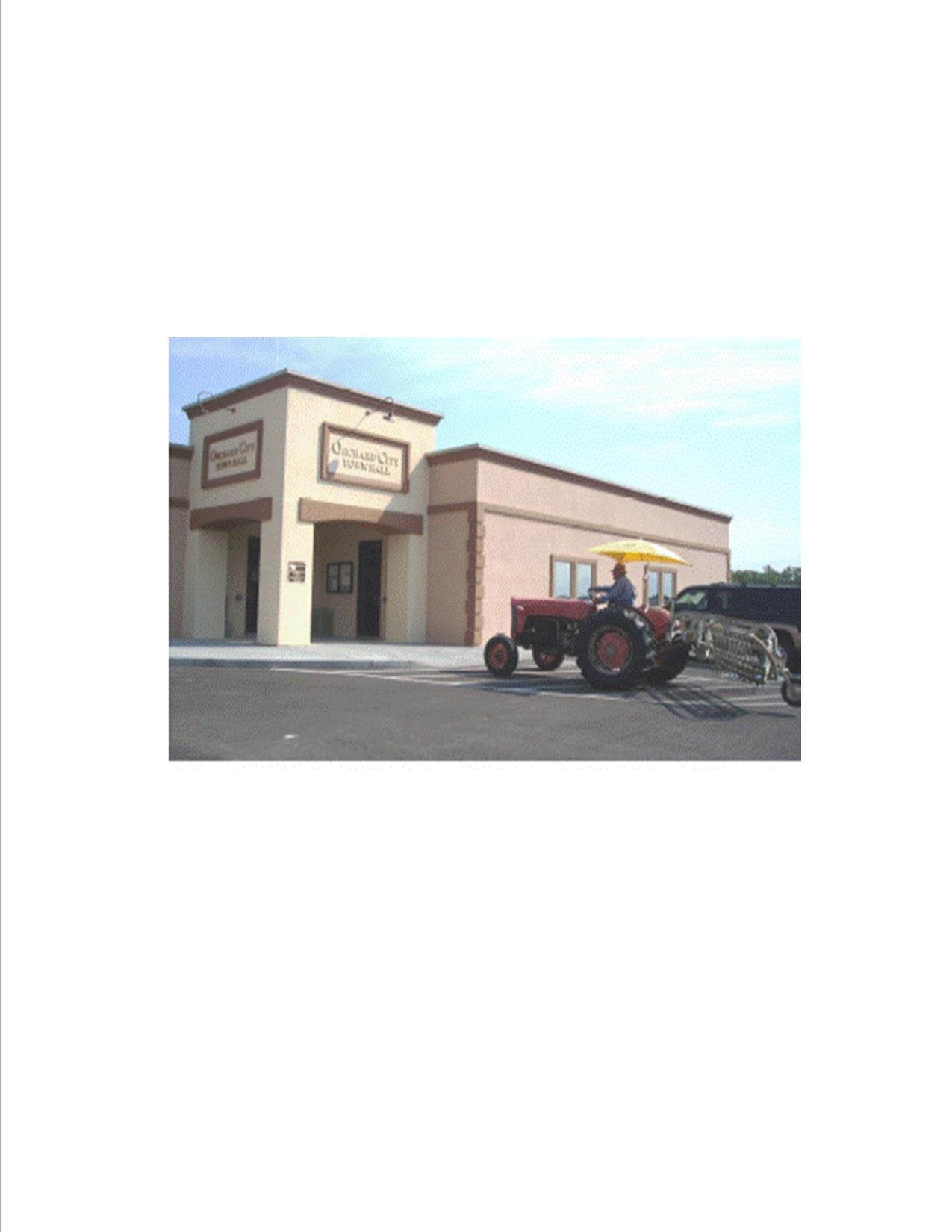
In 2004, as the city administrator of Orchard City, Colorado (population 3,021), I asked the council: What is the main accomplishment you want me to achieve as the administrator? The reply, “Don’t let anything change.”
This meant no more growth in housing, population, stores, industry, and roads. The councilmembers were serious. They wanted to keep things as they were.
They told me that people had moved to the community for the rural nature of the valley and didn’t want growth. My response was that I didn’t think I could stop time or not allow more people to move into a valley that continues to grow each year, but that I would do my best.
Time Stands Still
Orchard City was established around 1912 by a group of fruit growers, and they needed a water line from the Grand Mesa National Forest. They didn’t need or desire anything else from this community. When I was appointed, apparently the residents—old and new—still only wanted one thing from the town and that is the liquid gold called “Colorado water.”
Time did seem to have stopped in Orchard City in 2004. Upon my arrival, I learned the following facts about this Colorado western slope community: It had no schools, no library, no police, no hospital, no grocery store, no sewer system, no airport, and no signs stating that this was even a town. This was a place with more than 3,000 residents that had more than 20 miles of a state highway running north to south, but for all intents and purposes, the clocks had been stopped.
And there were other unique things about this small community that would baffle me. It had three post offices with three different zip codes and none of them were assigned to Orchard City. There were three postal districts that had been established over the years, and they had kept their district names of Austin, Cory, and Eckert.
This also meant that no one had an Orchard City address in town, including city hall. This always led to some interesting telephone calls when I would say I was the administrator of Orchard City, and the city hall address was in Austin, Colorado.
That confusion continued with printed phone books, because residents’ phone numbers were not listed as Orchard City but rather as Austin, Cory, or Eckert. Then, because the phone book and the post offices all stated these addresses, Rand McNally and Google continued the error by posting their maps without including Orchard City.
Signs Signal a New Direction
Try giving someone directions on a map that doesn’t show the town listed, and you are guaranteed some surprised and nervous reactions. I decided to place town limit signs and welcome signs around Orchard City to clarify and reduce confusion. That was my first mistake.
Signs went up on all major streets and the highway into town. I would receive calls from local outraged residents stating they lived in Austin, Cory, or Eckert, not Orchard City, and ask ”What is going on?” I would try to explain my reasoning based upon the confusion. This did not seem to appease them, but rather confuse them even more.
Finally, my response was that if they lived in a town other than Orchard City, maybe they should call the mayor of that town. My Oklahoma wit did not impress them, but rather forced them to inquire to my motivations as the new city administrator of this town they did not live in.
Eventually, the community did accept the signs and allowed them to stay up, and residents did admit that sometimes visitors found it hard to locate homes and farms. Even today, residents can still drive their farm tractors to the town hall to pay their water bills.
They can also enjoy a valley that sees little crime, tranquil drives, friendly neighbors, full churches on Sunday, and the best Bing cherries. Plus, Orchard City is now placed on Google maps so you can find it if you want to visit.
I truly enjoyed my four years in this mile-high city and fondly tell stories of duck hunters, wild bears, and fishing. If you do visit Orchard City, don’t tell residents I was the one who gave you the directions. And if you find yourself wanting to live there, no one will be surprised.
New, Reduced Membership Dues
A new, reduced dues rate is available for CAOs/ACAOs, along with additional discounts for those in smaller communities, has been implemented. Learn more and be sure to join or renew today!
